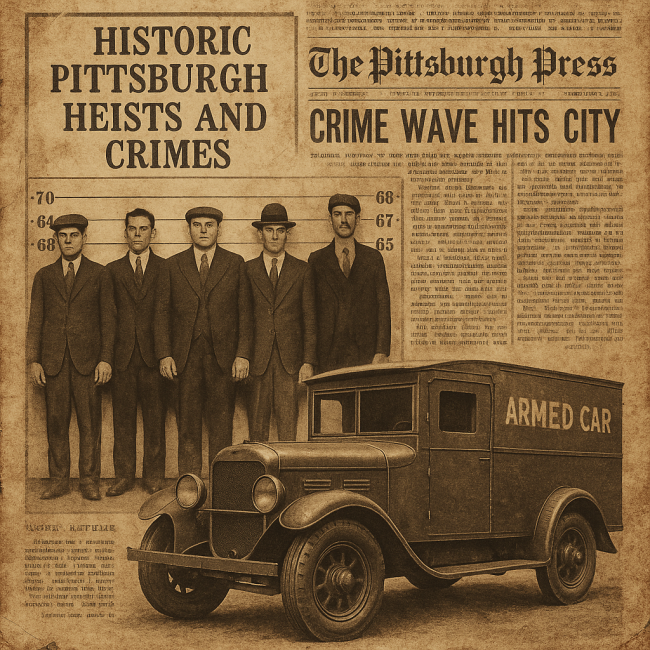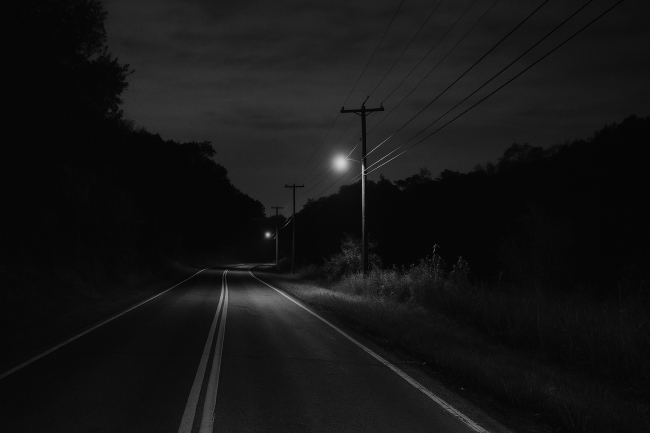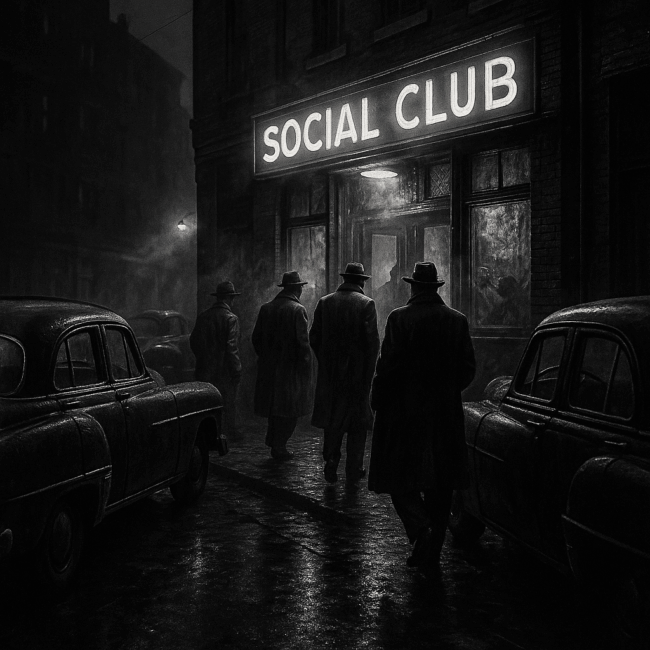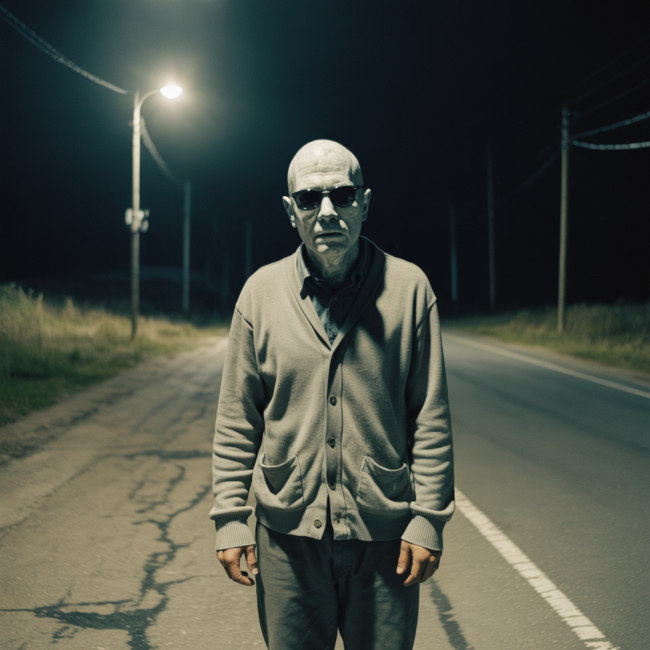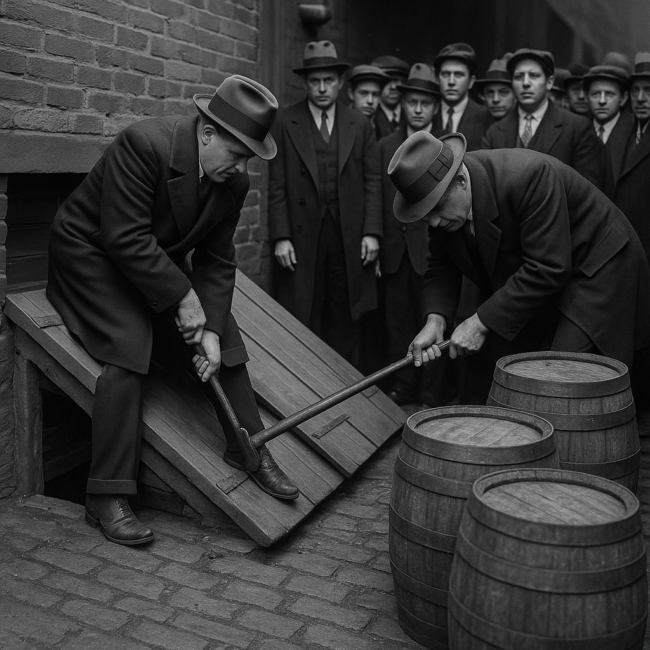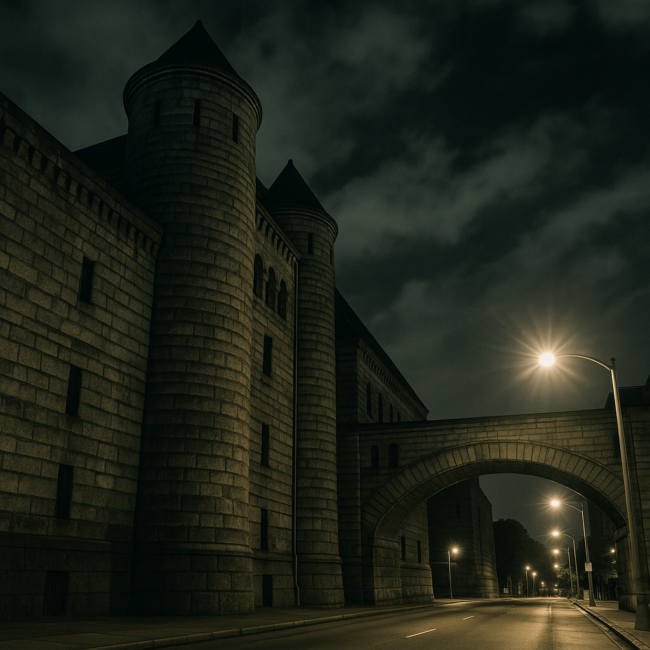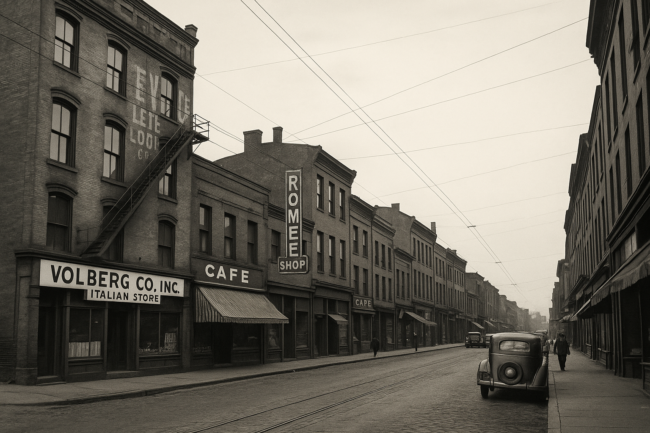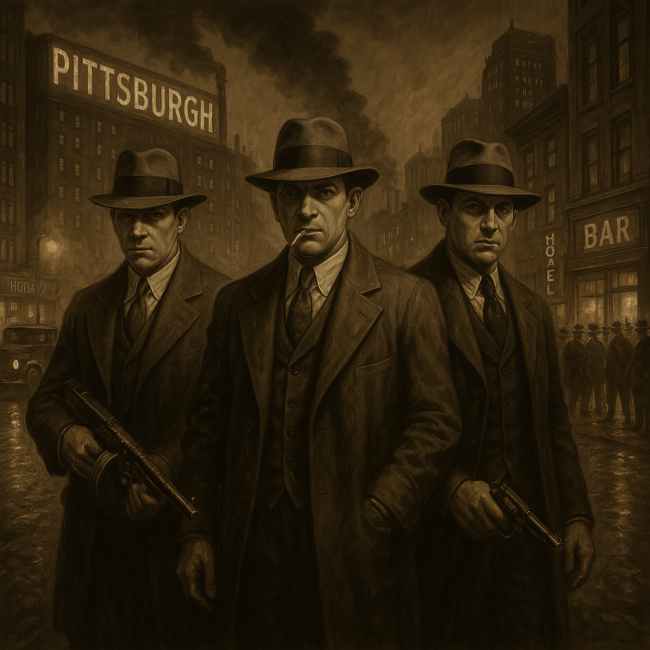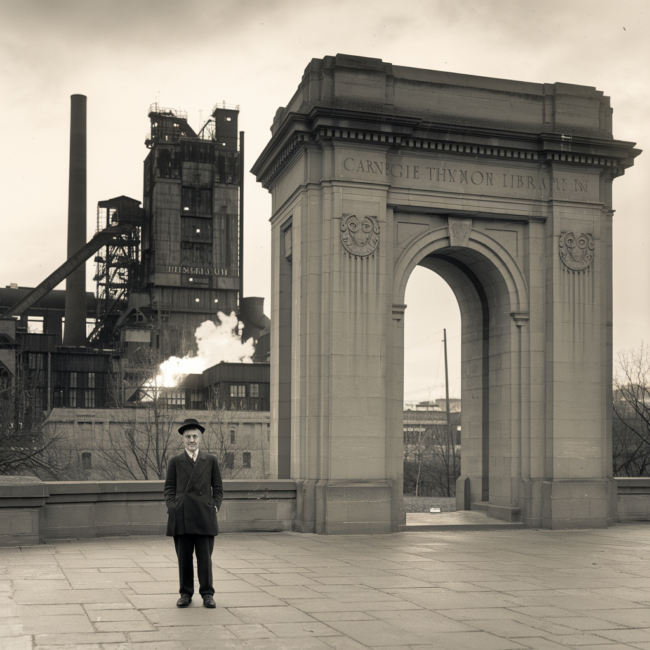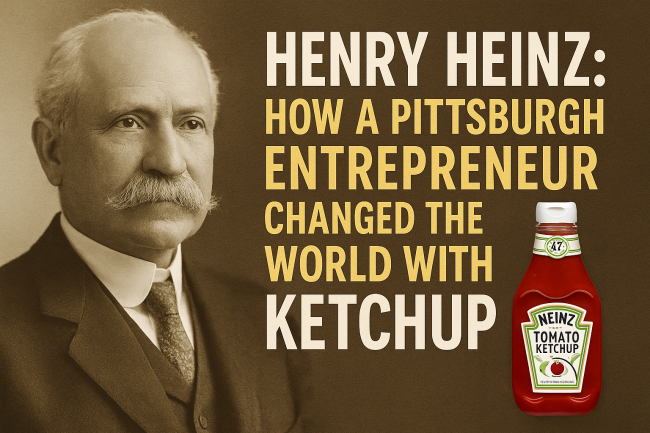Famous Heists and Crimes in Pittsburgh History
Introduction: A City of Steel and Shadowy Schemes Pittsburgh’s image has long been defined by its steel mills, smoky skies, and hardworking communities. Yet behind the forge and furnaces lurks a parallel history of audacious heists, gritty gangsters, and headline-grabbing crimes. From the mud-caked streets of the 1800s frontier town to the bustling industrial metropolis…

